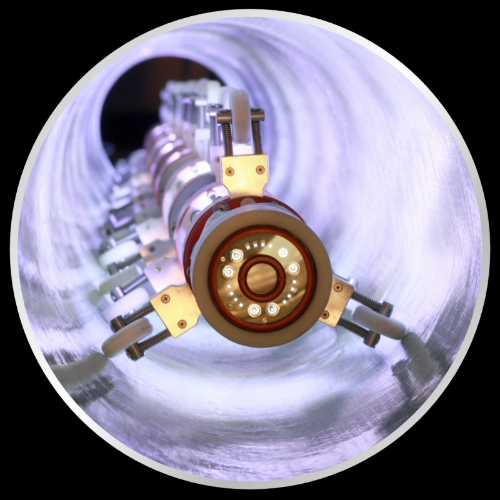Robots Help Prevent Flooding In Melbourne’s CBD
Melbourne’s drainage network was given a helping hand during recent storm pressure by tiny robots that have been working underneath the city streets.
The robots were responsible for re-lining almost a kilometre of drain pipes at a cost of $1.35 million as part of a City of Melbourne plan to improve the city’s drainage and water storage.
Lord Mayor Robert Doyle said the robot technology was introduced to be a solution to repairing drainage systems that would be lower cost and less disruptive than other repair or replacement options.
“By sending robots underground we are able to quickly and easily repair drains that can be more than 60 years old without causing weeks of disruption to commuters and businesses,” the Lord Mayor said.
“Our use of the drain robots has led to a 30 per cent reduction in the cost of maintaining this crucial drainage system.”

Melbourne's drain robotAfter first inspecting the drains with CCTV cameras, the robots manoeuvre a 5-8 mm thick fibreglass liner into the concrete pipes, before another robot ‘cures’ the material with UV, creating a hard lining that boosts the structural strength of the drains, preventing further deterioration or leaks.
Over the past two years the City of Melbourne has completed eight lining projects, including William Street, which needed urgent repair as it was causing flooding. Using the drain robots in William Street led to cost savings of more than $120,000 and the re-lining works took three to four days to complete, rather than the four to six weeks it would have taken to replace the piping.
Citywide Civil Infrastructure Contracts Manager Greg Rodwell, who is responsible for the robot draining program, said it is akin to minimally invasive high-tech keyhole surgery as opposed to open-heart surgery.
“Rather than having to close off busy roads and junctions for several weeks and create huge holes to access the drains, we can much more effectively send down these manually operated robots to carry out all the inspection and repair works.”
Council’s urban stormwater drainage network comprises 286km of pipes, 13,894 pits, eight pump stations, 55 litter traps and five stormwater harvesting systems. The network has a replacement value of more than $167.8 million.
The majority of the drainage infrastructure within the City of Melbourne is more than 60 years old, and some drains date back to the 1850sPipes have a life cycle of up to 170 years.
A wide range of materials has been used to construct pipes and culverts, including brick, earthenware, reinforced and pre-cast concrete, fibre reinforced concrete, cast iron and HDPE.
In 2016-17, the City of Melbourne will spend $2.65 million on flood mitigation renewal, $2.7 million on drains renewal and $2 million on kerb and channel renewal.
















